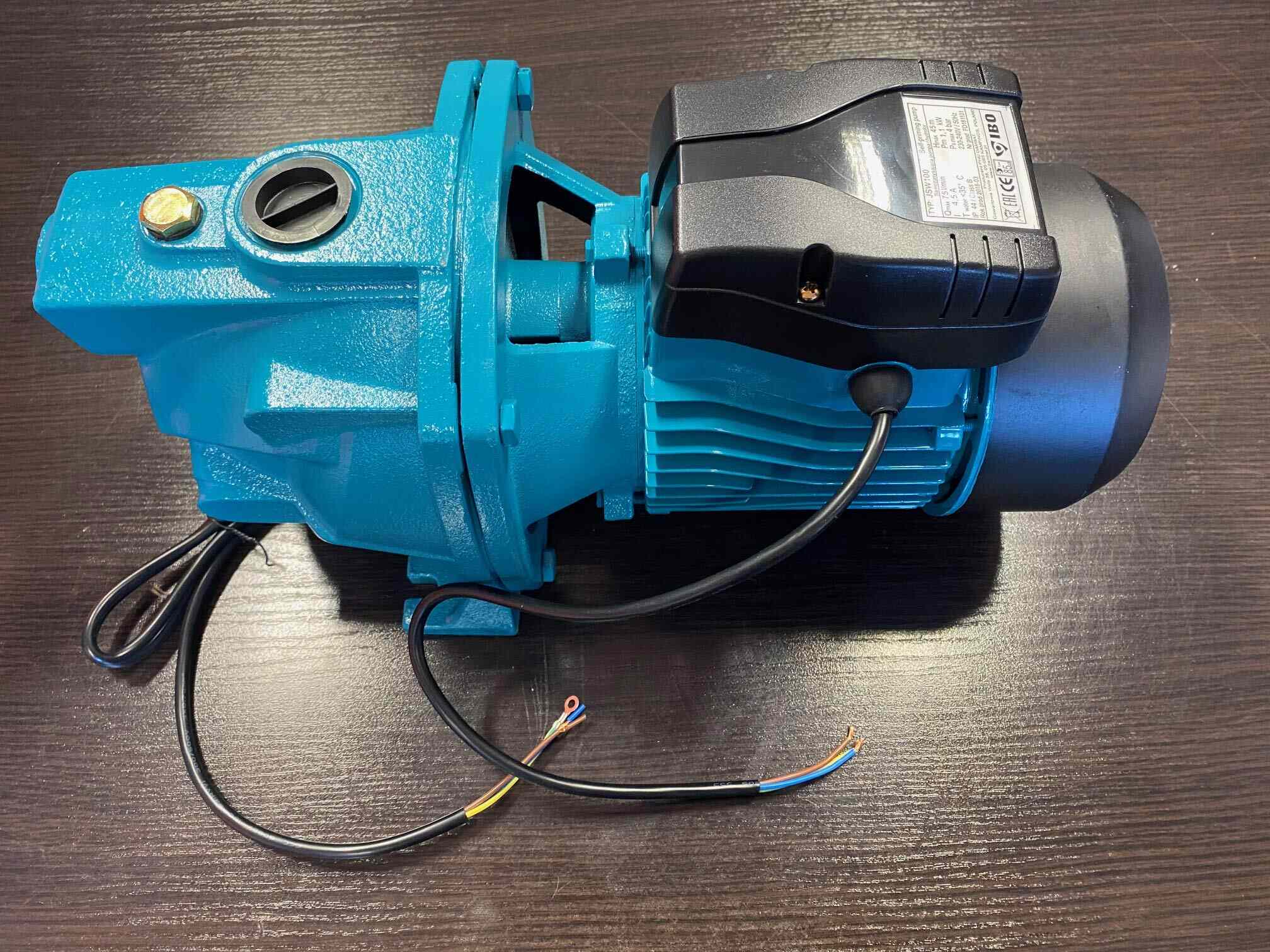

Articles
How Long Can A Water Pump Run Continuously
Modified: January 8, 2024
Discover how long a water pump can safely run continuously. Read our informative articles to learn all you need to know about water pump operation and maintenance.
(Many of the links in this article redirect to a specific reviewed product. Your purchase of these products through affiliate links helps to generate commission for Storables.com, at no extra cost. Learn more)
Introduction
A water pump is an essential component of many systems, ranging from residential plumbing to agricultural irrigation. It is responsible for providing a steady flow of water, making it a vital tool for various applications. However, there may be instances where you need to run a water pump continuously for an extended period. In this article, we will explore the factors that affect the continuous running of water pumps, the types of water pumps available, their maximum continuous running times, and the potential risks and concerns associated with prolonged operation. We will also discuss how to maintain and extend the lifespan of water pumps.
Water pumps are designed to handle specific flow rates and pressures, depending on their application. They are typically powered by electricity, gas, or hydraulics, ensuring a consistent and reliable water supply. While most water pumps are not intended to run continuously, there are situations where continuous operation may be necessary. For example, in emergency scenarios or during critical operations where uninterrupted water flow is vital.
Continuous operation of a water pump depends on several factors, including the type of pump, its capacity, and the environment in which it operates. It is crucial to understand these factors to ensure the safe and efficient running of a water pump for an extended period.
Key Takeaways:
- Understanding the factors affecting continuous water pump operation, such as heat dissipation, lubrication, and environmental conditions, is crucial for safe and efficient performance. Proper maintenance and pump selection are essential for prolonged use.
- Different types of water pumps have varying maximum continuous running times, with factors like overheating, wear and tear, and energy consumption posing potential risks. Regular maintenance and adherence to operating guidelines are vital for extending the pump’s lifespan.
Read more: How Long Can A Fan Run Continuously
Overview of Water Pump Operation
To better understand the concept of continuous water pump operation, let’s first examine how a typical water pump works. At its core, a water pump uses mechanical force to move water from one location to another. It creates a vacuum or low-pressure zone at the inlet, drawing water inside the pump. The water is then pressurized and forced out through the outlet, creating a continuous flow.
Water pumps can be categorized into two main types: centrifugal pumps and positive displacement pumps. Centrifugal pumps work by converting rotational energy into fluid flow using an impeller, while positive displacement pumps use mechanisms such as pistons or diaphragms to displace water. Each type has its own advantages and considerations when it comes to continuous running.
In the next sections, we will look at the factors that can affect the continuous operation of water pumps and explore the maximum running times for different types of water pumps to ensure safe and optimal performance.
Key Takeaways:
- Understanding the factors affecting continuous water pump operation, such as heat dissipation, lubrication, and environmental conditions, is crucial for safe and efficient performance. Proper maintenance and pump selection are essential for prolonged use.
- Different types of water pumps have varying maximum continuous running times, with factors like overheating, wear and tear, and energy consumption posing potential risks. Regular maintenance and adherence to operating guidelines are vital for extending the pump’s lifespan.
Read more: How Long Can A Fan Run Continuously
Overview of Water Pump Operation
Understanding how a water pump operates is crucial in determining its capability for continuous running. A water pump functions by utilizing mechanical force to move water from one location to another. This process involves creating a low-pressure zone at the inlet, which allows water to be drawn into the pump. Once inside, the water is pressurized and expelled through the outlet, resulting in a continuous flow.
Water pumps are broadly classified into two main types: centrifugal pumps and positive displacement pumps. Centrifugal pumps utilize an impeller to convert rotational energy into fluid flow. As the impeller spins, it creates a centrifugal force that propels the water outward, generating pressure and moving the fluid through the pump. On the other hand, positive displacement pumps employ mechanisms such as pistons, diaphragms, or gears to displace water. These pumps operate on the principle of trapping a specific volume of water and then pushing it out through the outlet.
Both centrifugal and positive displacement pumps have their own advantages and considerations when it comes to continuous operation. Centrifugal pumps are generally more suitable for applications where a high flow rate is required. They are capable of running continuously for long durations, as they can handle large volumes of water with relatively low power consumption. However, due to their design, the performance of centrifugal pumps can be affected by variations in pressure, temperature, and the presence of debris in the water.
Positive displacement pumps, on the other hand, are better suited for applications that require a constant pressure, regardless of variations in the flow rate. These pumps can maintain a consistent output pressure, making them suitable for tasks such as dosing chemicals or operating hydraulic systems. However, continuous operation of positive displacement pumps can lead to increased wear and tear on the pump components, resulting in higher maintenance requirements.
It is worth noting that while water pumps are designed for efficient and reliable performance, they are not typically intended for continuous running. Most pumps are designed to operate intermittently, allowing for cooling and maintenance. Continuous operation can lead to excessive heat buildup and strain on the pump’s motor and internal components, potentially reducing the lifespan of the pump and increasing the risk of failure or breakdown.
In the following sections, we will explore the various factors that can affect the continuous running of water pumps and discuss the maximum running times for different types of pumps. Additionally, we will delve into the potential risks and concerns associated with prolonged operation and provide insights on how to maintain and extend the lifespan of water pumps.
Factors Affecting Continuous Running of Water Pumps
Several factors come into play when considering the continuous running of a water pump. Understanding these factors is essential to ensure the safe and efficient operation of the pump for an extended period. Let’s explore some of the key factors that can influence the continuous running of water pumps:
- Heat Dissipation: Continuous operation generates heat within the pump’s motor and components. Adequate heat dissipation is crucial to prevent overheating and ensure optimal performance. Water pumps are often designed with cooling mechanisms such as fins, fans, or liquid cooling systems to maintain the operating temperature. It is essential to consider the pump’s cooling capacity and ensure proper ventilation or cooling systems are in place for extended continuous operation.
- Lubrication: Proper lubrication is critical for reducing friction between moving components and ensuring smooth operation. Continuous running can put additional strain on the pump’s internal parts, leading to increased friction and wear. Regular lubrication and maintenance are necessary to minimize wear and tear and extend the pump’s lifespan.
- Environmental Conditions: The surrounding environment can significantly impact the performance and longevity of a water pump during continuous operation. Factors such as temperature, humidity, presence of dust or debris, and exposure to harsh chemicals or corrosive substances can affect the pump’s efficiency and durability. It is important to consider the environment in which the pump operates and take appropriate measures to protect it from adverse conditions.
- Voltage and Power Supply: Water pumps rely on a stable and reliable power supply to function optimally. Voltage fluctuations or power surges can disrupt the pump’s operation and potentially cause damage. It is crucial to ensure that the pump is appropriately powered and that the voltage supply remains consistent during continuous running.
- Pump Capacity and Design: The capacity and design of the water pump play a significant role in determining its continuous running capability. Different types of pumps have varying flow rates, pressure ratings, and motor capacities. It is essential to select a pump that meets the necessary requirements for continuous operation and consider factors such as the required flow rate, pressure, and head height before engaging in prolonged running.
By taking these factors into account and implementing appropriate measures, such as proper heat dissipation, regular lubrication, environmental protection, stable power supply, and selecting the right pump for continuous running, you can ensure the safe and efficient operation of your water pump for an extended period.
Common Types of Water Pumps
Water pumps come in various types, each designed for specific applications and requirements. Understanding the different types of water pumps can help you determine the most suitable option for your needs. Let’s explore some of the common types of water pumps:
- Centrifugal Pumps: Centrifugal pumps are widely used in residential, commercial, and industrial applications. They operate by converting rotational energy into fluid flow using an impeller. As the impeller spins, it creates a centrifugal force that propels the water outward, creating pressure and flow. Centrifugal pumps are known for their high flow rates and ability to handle large volumes of water. They are commonly used for applications such as irrigation, water transfer, and circulation.
- Submersible Pumps: Submersible pumps are designed to be fully submerged in water or other fluids. They are sealed and watertight, allowing them to operate efficiently in submerged conditions. Submersible pumps are commonly used to drain water from basements, wells, and other areas prone to flooding. They are also widely used in deep wells for water supply and in sewage systems for pumping wastewater.
- Positive Displacement Pumps: Positive displacement pumps work by trapping a specific volume of water and then pushing it out through the outlet. These pumps are capable of providing a constant flow rate and pressure, making them suitable for tasks that require precise control, such as dosing chemicals or operating hydraulic systems. Examples of positive displacement pumps include piston pumps, diaphragm pumps, and rotary pumps.
- Jet Pumps: Jet pumps utilize a combination of centrifugal force and suction to draw water from a well or a water source. They are commonly used in domestic water supply systems and shallow wells. Jet pumps are versatile and can be used for both residential and agricultural purposes. They are typically less expensive and easier to install compared to submersible pumps.
- Booster Pumps: Booster pumps are used to increase the pressure of water in a system. They are commonly employed in buildings or areas with low water pressure, where a boost is required for proper flow and distribution. Booster pumps ensure adequate water supply in multi-story buildings, irrigation systems, and water supply networks.
- Fountain Pumps: Fountain pumps are specifically designed for decorative water features such as fountains, ponds, and waterfalls. These pumps are compact, energy-efficient, and capable of providing the necessary flow and pressure to create stunning water displays. Fountain pumps often come with adjustable flow controls and various nozzle options to customize the water feature’s appearance.
These are just a few examples of the common types of water pumps available in the market. Each type has its own advantages, limitations, and specific applications. Consider your requirements, including flow rate, pressure, and the intended purpose, to choose the most suitable water pump for your needs. It is always recommended to consult with a professional or pump specialist to ensure you select the right pump for your specific application.
Regular maintenance and proper installation can help a water pump run continuously for 8-10 years. However, it’s important to monitor for any signs of wear and tear to prevent unexpected breakdowns.
Read more: How Long Can You Drive On A Bad Water Pump
Maximum Continuous Running Time for Different Types of Water Pumps
Water pumps are designed to operate efficiently and reliably for various durations, depending on their type and intended application. While most pumps are not specifically designed for continuous running, some can handle extended periods of operation without compromising performance or lifespan. Let’s explore the maximum continuous running time for different types of water pumps:
- Centrifugal Pumps: Centrifugal pumps are commonly used for applications that require high flow rates, such as irrigation or water transfer. They are designed to handle continuous running for extended periods, typically ranging from a few hours to several days, depending on factors such as the pump’s size, motor capacity, and cooling mechanisms. However, it is important to monitor the pump’s temperature and prevent overheating during prolonged operation.
- Submersible Pumps: Submersible pumps are often used in situations where continuous operation is required, such as in deep wells or sewage systems. They are designed to handle extended running times, ranging from a few hours to several days or even weeks. Submersible pumps are sealed and waterproof, allowing them to operate efficiently underwater without the need for frequent maintenance. However, regular inspection and lubrication are still necessary to ensure optimal performance.
- Positive Displacement Pumps: Positive displacement pumps, like piston and diaphragm pumps, are suitable for applications that require precise flow control. While they are capable of continuous running, the maximum recommended running time is typically around 8 to 12 hours. Continuous operation for longer durations may result in increased wear and tear on the pump’s components, leading to decreased efficiency and potential damage. Regular maintenance, including lubrication and inspection, is essential to prolong the lifespan of positive displacement pumps.
- Jet Pumps: Jet pumps are commonly used in residential water supply systems or shallow wells. While they can handle continuous operation, it is recommended to limit the running time to around 8 to 12 hours. Extended running may lead to excessive heat buildup and decreased efficiency. Adequate cooling and regular maintenance are necessary to ensure the optimal performance and longevity of jet pumps.
- Booster Pumps: Booster pumps are primarily used to increase water pressure in a system. They are designed for intermittent operation, typically running for a few hours at a time. Continuous running of booster pumps is not recommended, as it can lead to motor overheating and decreased efficiency. It is important to allocate proper rest periods and ensure adequate cooling during prolonged use.
- Fountain Pumps: Fountain pumps are designed for decorative water features and are often used in residential or commercial settings. They are typically designed for continuous running to maintain the aesthetic appeal of fountains, waterfalls, and ponds. However, regular maintenance, including cleaning and inspection, is necessary to prevent clogging or damage to the pump.
It is important to note that the maximum continuous running time mentioned here is a general guideline and may vary depending on the specific model, brand, and operating conditions. It is always recommended to refer to the manufacturer’s guidelines and specifications for accurate information regarding the maximum continuous running time for a particular water pump.
Potential Risks and Concerns with Continuous Operation
While some water pumps are designed to handle continuous operation, there are inherent risks and concerns associated with running a pump for extended periods. It is important to be aware of these potential issues to ensure the safe and efficient operation of the pump. Let’s take a look at some of the risks and concerns when it comes to continuous pump operation:
- Overheating: Continuous operation can lead to excessive heat buildup within the pump’s motor and components. The constant running without sufficient rest periods can cause the pump to overheat, potentially leading to motor failure or damage to other crucial parts. It is important to monitor the pump’s temperature and ensure proper heat dissipation through cooling mechanisms such as fans, fins, or liquid cooling systems.
- Wear and Tear: Continuous running can result in accelerated wear and tear on the pump’s internal components. Friction and stress on rotating parts may lead to premature failure of bearings, seals, and other critical elements. Regular maintenance, including lubrication and inspection of the pump, is essential to minimize wear and extend the pump’s lifespan.
- Clogging and Debris: Continuous operation increases the likelihood of clogging and debris accumulation in the pump. Over time, foreign objects, sediments, or debris present in the water can hinder the pump’s performance or cause blockages within the system. Regular cleaning and inspection are necessary to prevent clogging and ensure the smooth functioning of the pump.
- Energy Consumption: Continuous pump operation can result in increased energy consumption. Prolonged running may lead to higher electricity or fuel costs, depending on the pump’s power source. It is important to consider the energy efficiency of the pump and evaluate the cost implications of continuous operation to ensure sustainable use.
- Maintenance and Repair: Continuous operation may require more frequent maintenance and repair. The increased running time can accelerate the need for lubrication, replacement of worn-out parts, or repairs. It is crucial to establish a regular maintenance schedule and promptly address any issues to prevent major breakdowns or system failures.
- Environmental Impact: Continuous pump operation can have environmental implications, such as increased water consumption or noise pollution. It is important to consider the sustainability of continuous running and assess the potential impact on water resources and the surrounding ecosystem. Implementing water-saving practices and utilizing energy-efficient pumps can help mitigate the environmental footprint.
It is essential to weigh the benefits and requirements of continuous pump operation against the potential risks and concerns. Careful consideration of these factors will help ensure the safe and reliable performance of the pump and prevent any significant damage or interruptions in water supply.
Maintaining and Extending the Lifespan of Water Pumps
To ensure the longevity and optimal performance of a water pump, regular maintenance is crucial. Proper maintenance practices not only help prevent breakdowns and costly repairs but also extend the lifespan of the pump. Here are some essential tips for maintaining and extending the lifespan of water pumps:
- Regular Inspection: Conduct regular visual inspections of the pump to check for any signs of wear, leaks, or damage. Inspect the motor, housing, connections, and seals for any abnormalities. Identifying and addressing issues early on can prevent further damage and ensure smooth operation.
- Lubrication: Follow the manufacturer’s guidelines for lubricating the pump’s moving parts. Proper lubrication helps reduce friction, prevent wear, and extend the longevity of the pump. Regularly check the lubrication levels and replace or refill as recommended.
- Cleaning: Keep the pump and its surroundings clean to prevent clogging and debris buildup. Check the pump’s intake and outlet to ensure they are clear of any obstructions. Clean or replace filters regularly to maintain proper water flow and prevent blockages.
- Temperature Management: Ensure that the pump has proper heat dissipation mechanisms. Avoid operating the pump in excessively hot environments or in direct sunlight, as this can lead to overheating. If necessary, install additional cooling systems to maintain optimal operating temperatures.
- Water Quality: Monitor and maintain the quality of the water being pumped. Depending on the source, water can contain sediments, minerals, or other impurities that can affect the pump’s performance. Install appropriate filters or treatment systems to prevent damage from contaminated water.
- Power Supply: Ensure the pump is connected to a stable and reliable power supply. Voltage fluctuations or power surges can damage the pump’s motor or electrical components. Install surge protectors or voltage stabilizers, if necessary, to protect the pump from electrical issues.
- Follow Operating Guidelines: Adhere to the manufacturer’s instructions and guidelines for the pump’s operation. Overloading the pump or operating it beyond its recommended capacity can lead to premature failure. Respect the maximum running times specified for the pump to maintain its efficiency and lifespan.
- Regular Maintenance Schedule: Establish a routine maintenance schedule for the pump. This includes regular checks, cleaning, lubrication, and inspection. Depending on the pump’s usage and operating conditions, it is recommended to have a professional inspect and service the pump annually or as recommended by the manufacturer.
- Professional Assistance: If you are unsure about the maintenance or repair requirements of the pump, it is advisable to seek professional assistance. Pump specialists or technicians can provide expert advice, diagnose any issues, and perform the necessary repairs or maintenance tasks.
By following these maintenance tips and adopting a proactive approach to pump care, you can significantly extend the lifespan and ensure the efficient operation of the water pump. Regular maintenance not only reduces the risk of breakdowns but also enhances the overall performance and reliability of the pump, ultimately saving you time and money in the long run.
Conclusion
Water pumps are essential components in various applications, providing a steady flow of water for residential, commercial, and agricultural purposes. While most pumps are not designed for continuous operation, there are situations where running a pump for extended periods may be necessary. Understanding the factors that affect continuous operation, such as heat dissipation, lubrication, environmental conditions, voltage supply, and pump capacity, is crucial in ensuring safe and efficient performance.
Common types of water pumps, including centrifugal pumps, submersible pumps, positive displacement pumps, jet pumps, booster pumps, and fountain pumps, each have their own advantages and considerations when it comes to continuous running. It is important to select the most suitable pump based on your specific needs and application requirements.
When running a water pump continuously, there are potential risks and concerns that should be taken into account. These include overheating, increased wear and tear, clogging and debris accumulation, higher energy consumption, maintenance and repair requirements, and environmental impact. It is important to address these concerns through regular maintenance, inspection, proper lubrication, cleaning, temperature management, monitoring water quality, and following the manufacturer’s guidelines.
By practicing proper maintenance and adopting a proactive approach, you can maintain and extend the lifespan of your water pump. Regular inspection, lubrication, cleaning, and adherence to operating guidelines are vital to ensuring the pump’s optimal performance. Additionally, seeking professional assistance when needed and following a regular maintenance schedule will help prevent major issues and ensure reliable and efficient water pump operation.
In conclusion, while continuous running of water pumps may have its challenges, with proper care and maintenance, it is possible to operate a water pump for extended periods while maintaining its efficiency, performance, and lifespan. By understanding the factors, selecting the appropriate pump, and adhering to maintenance practices, you can enjoy a reliable and consistent water supply for your various needs.
Frequently Asked Questions about How Long Can A Water Pump Run Continuously
Was this page helpful?
At Storables.com, we guarantee accurate and reliable information. Our content, validated by Expert Board Contributors, is crafted following stringent Editorial Policies. We're committed to providing you with well-researched, expert-backed insights for all your informational needs.
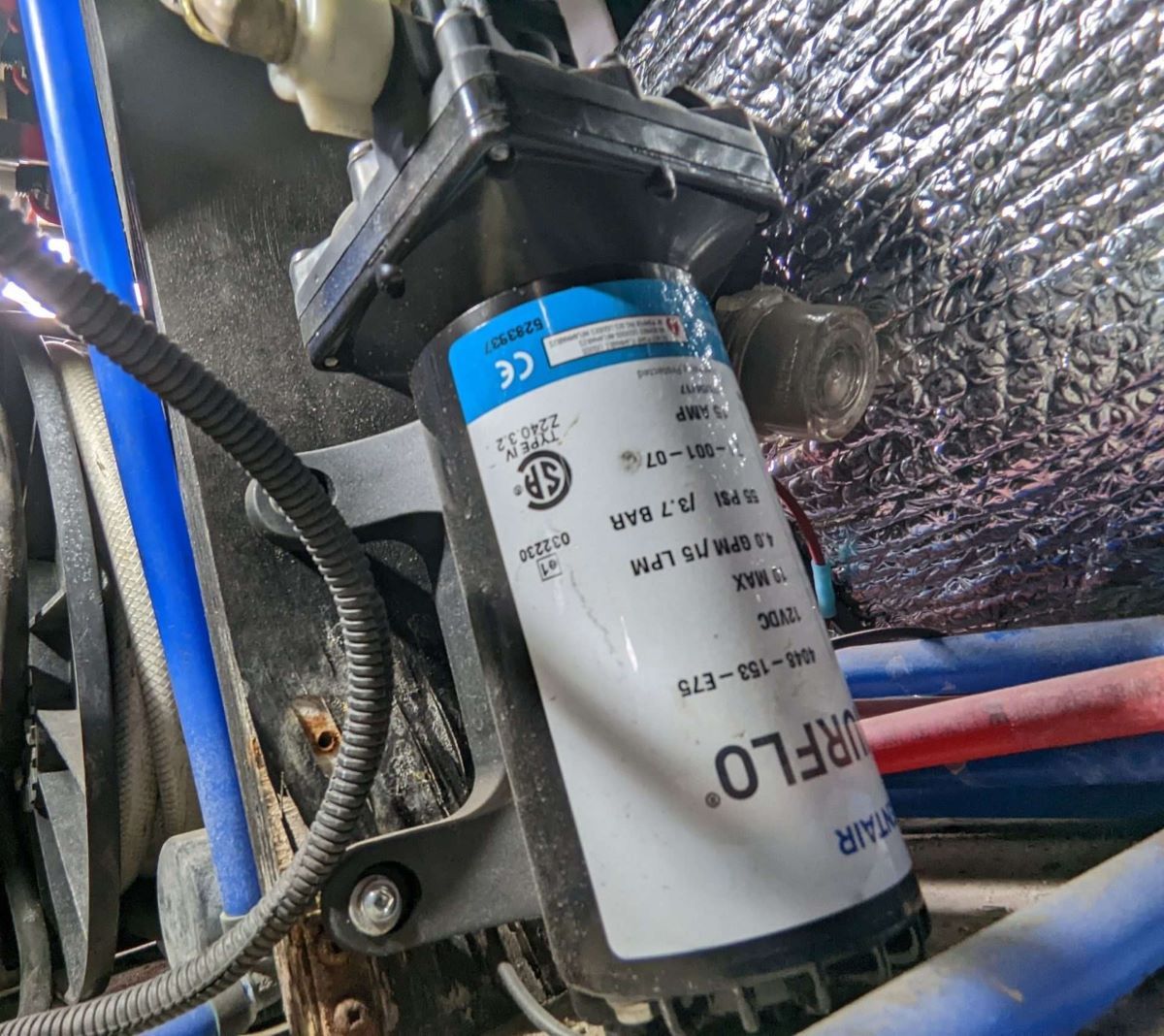

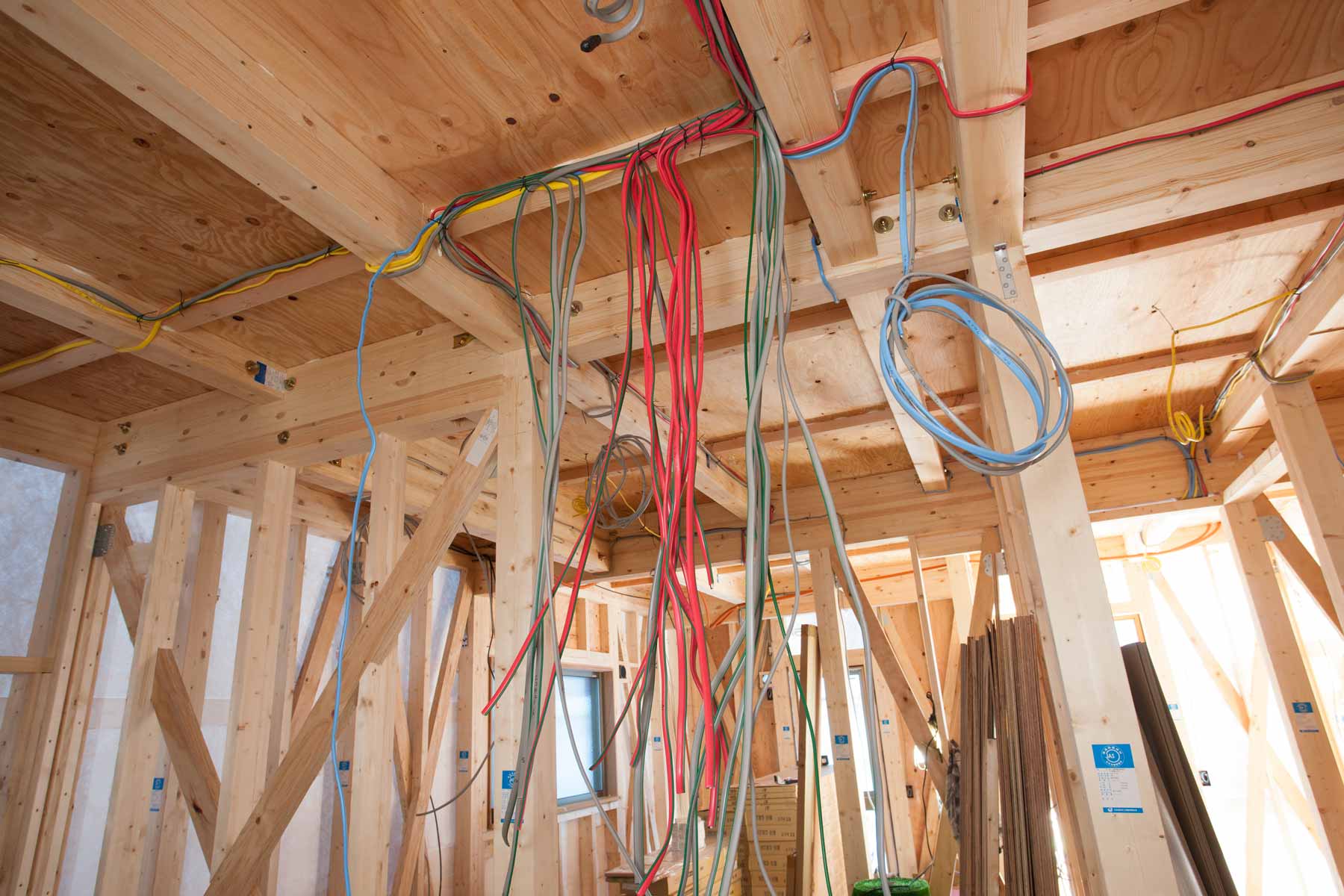
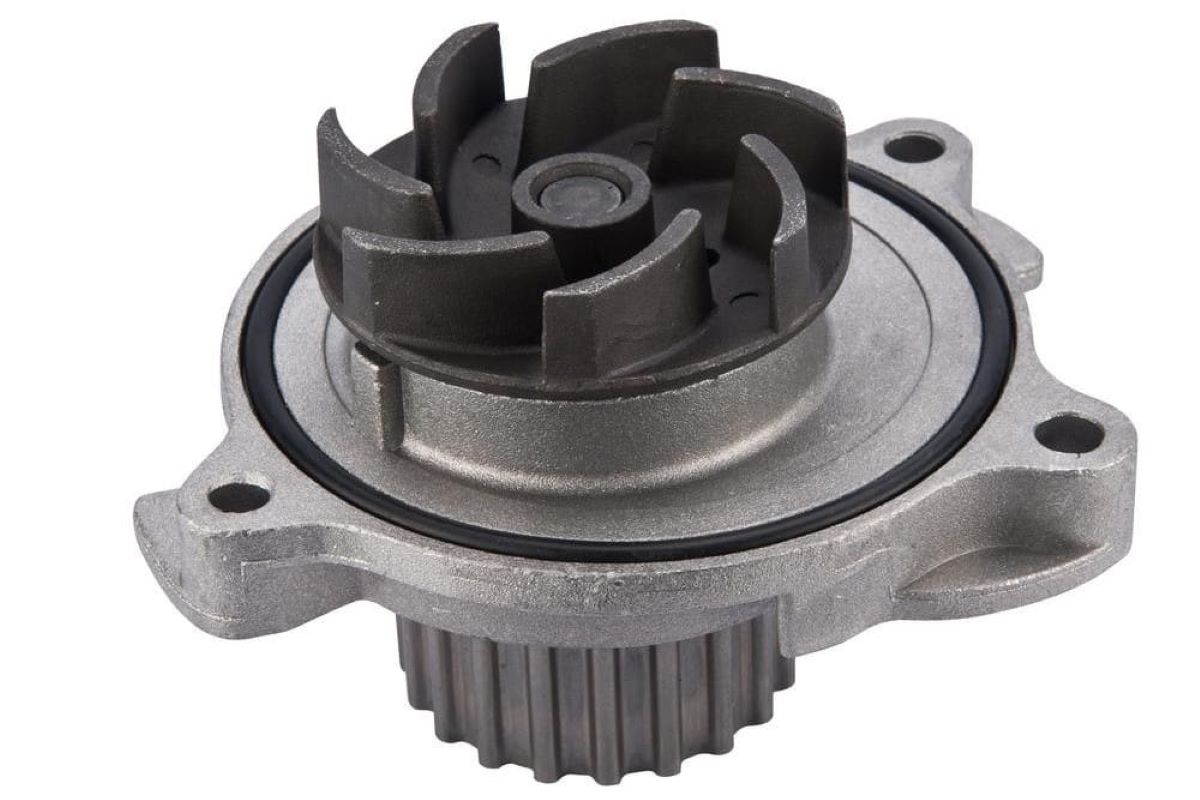
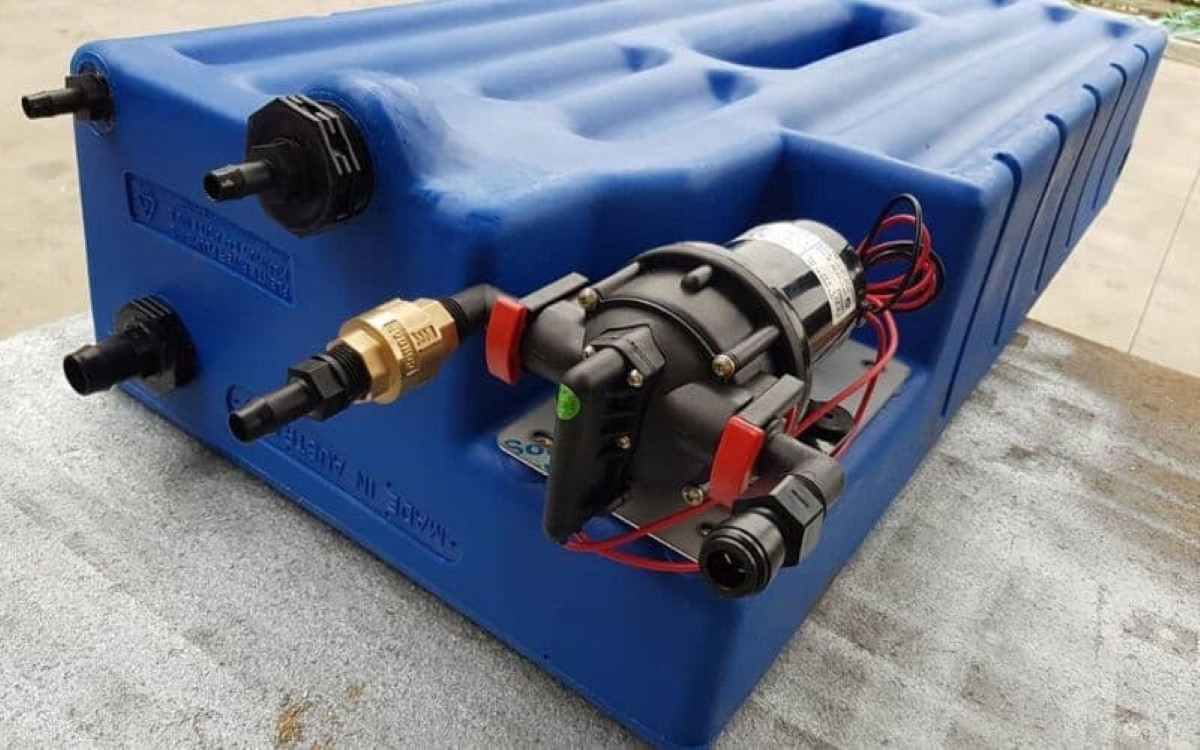
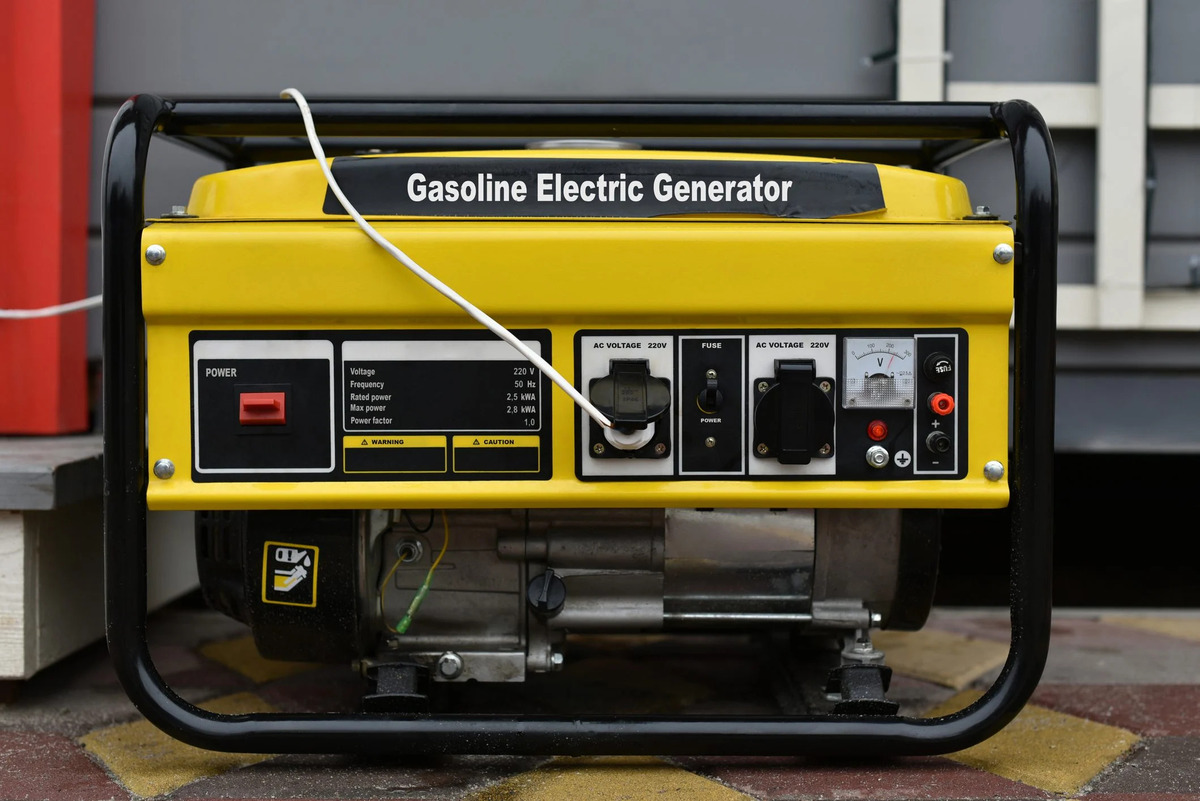
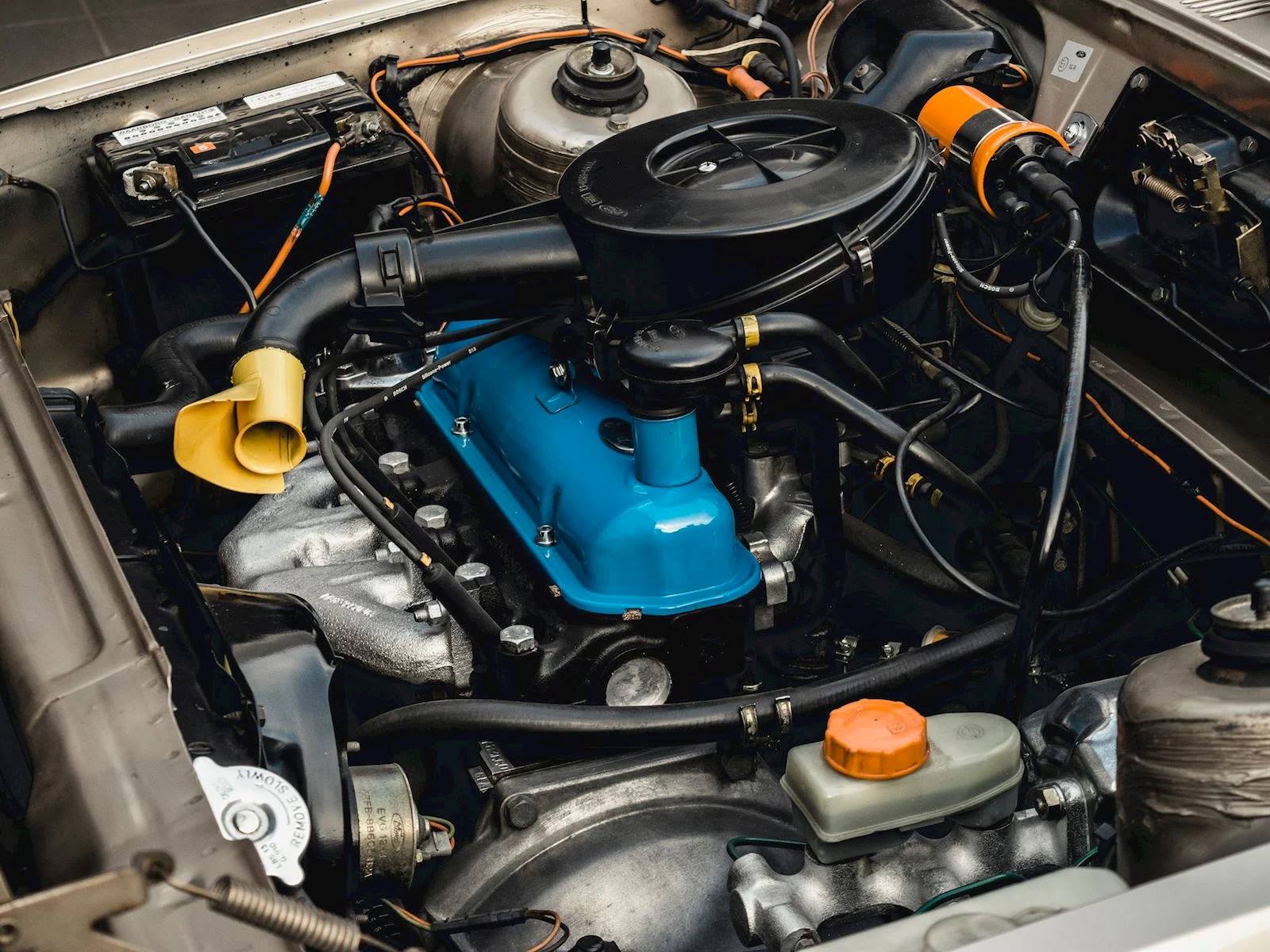
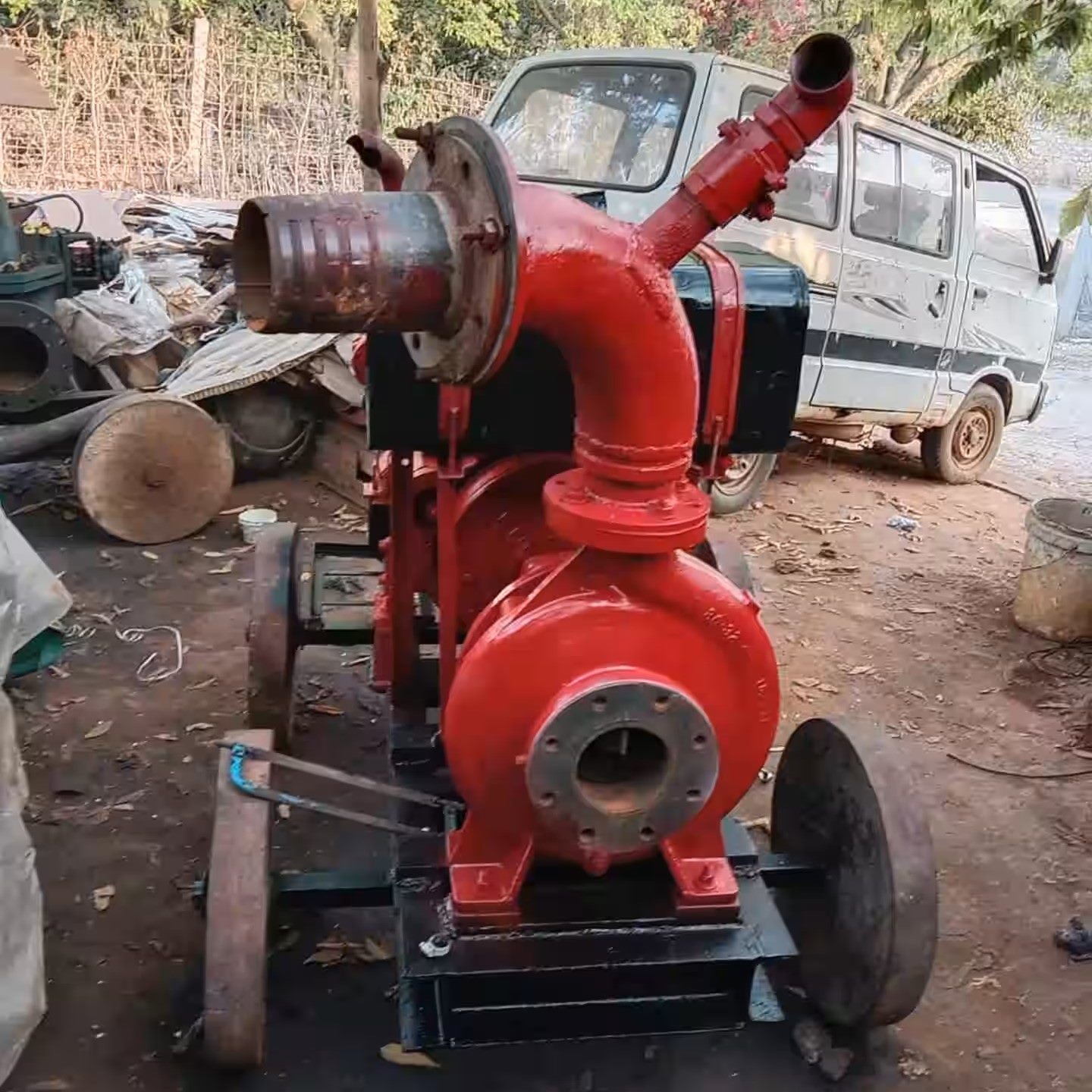
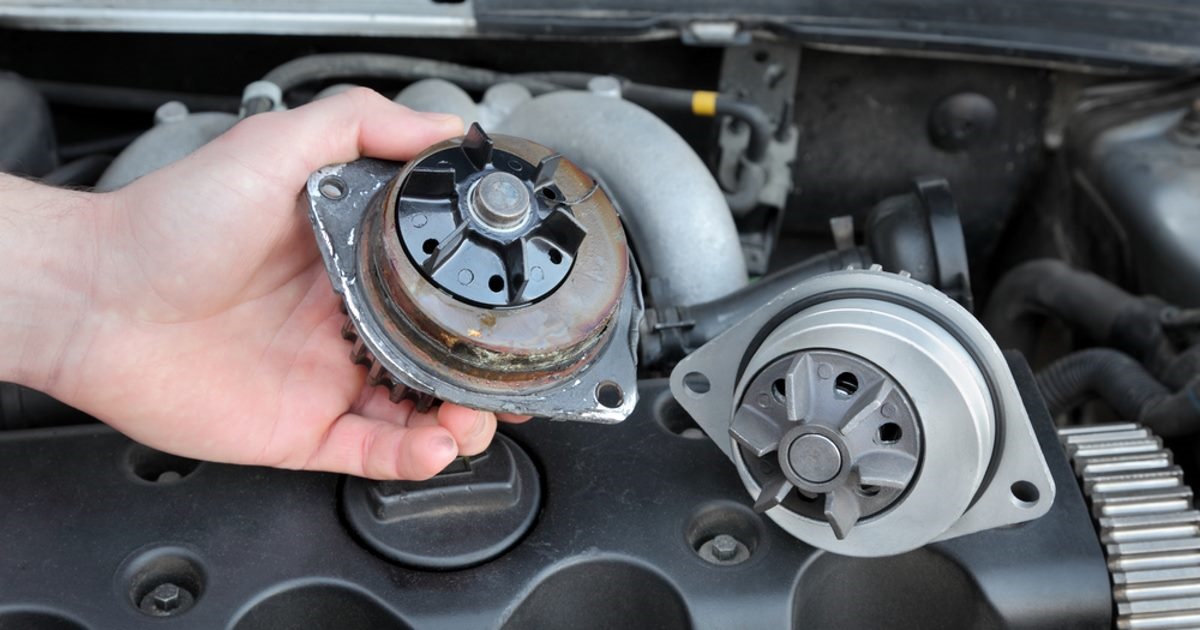

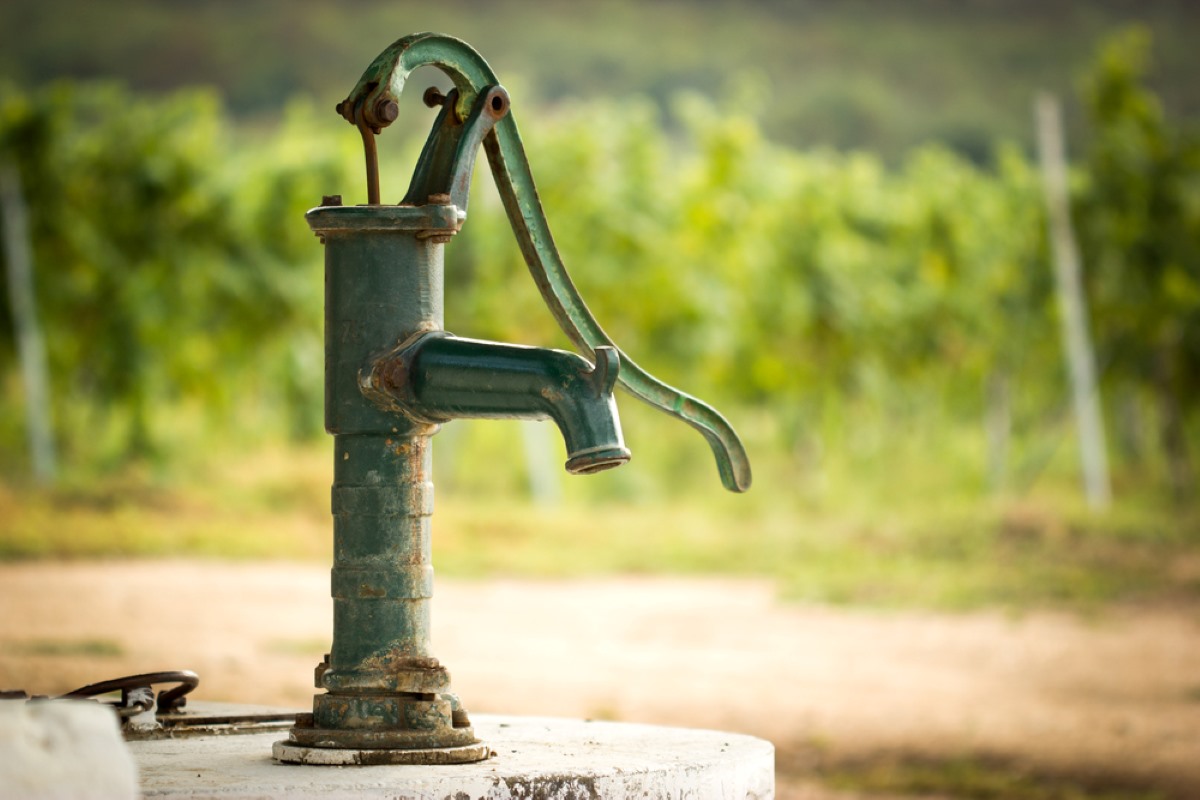
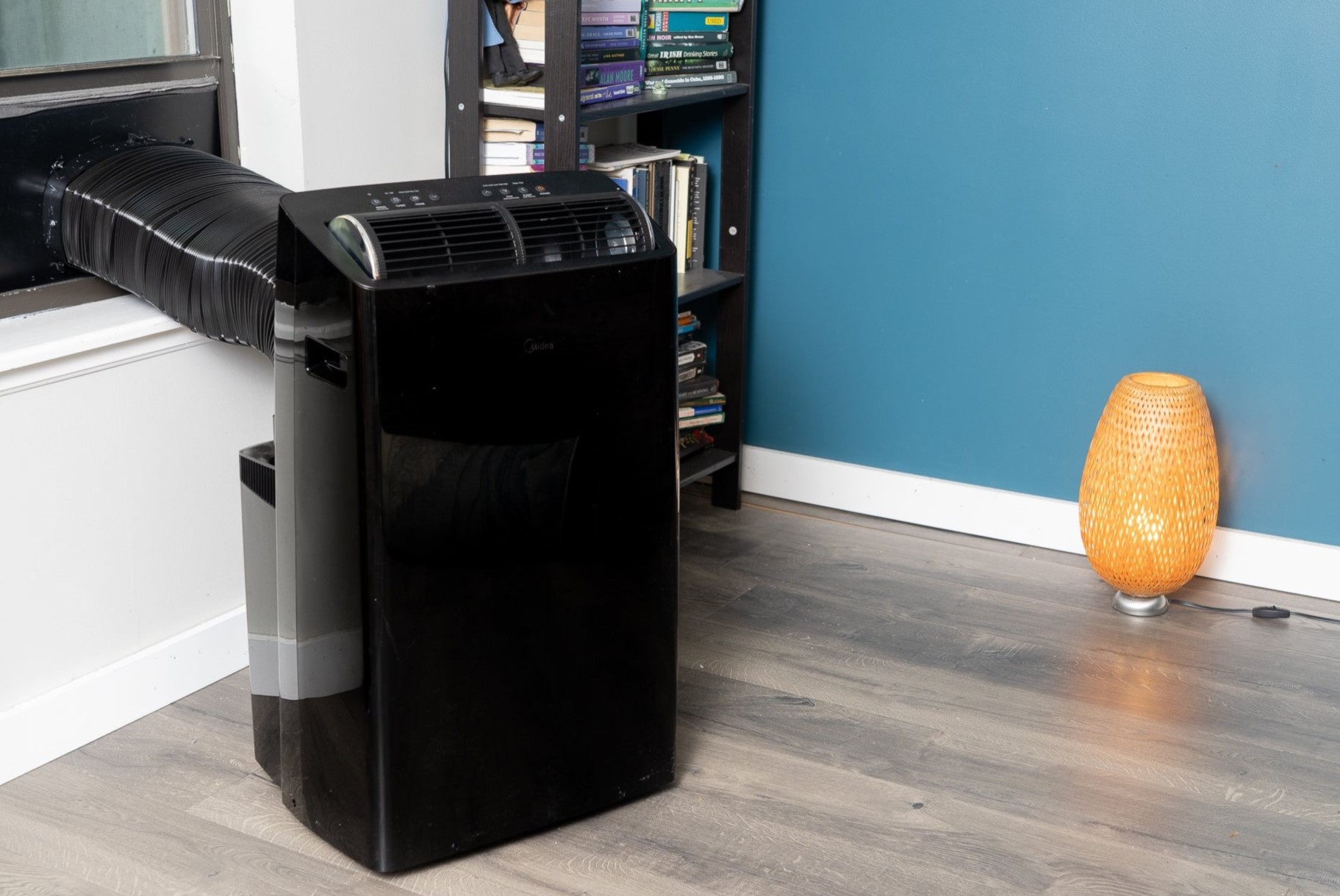
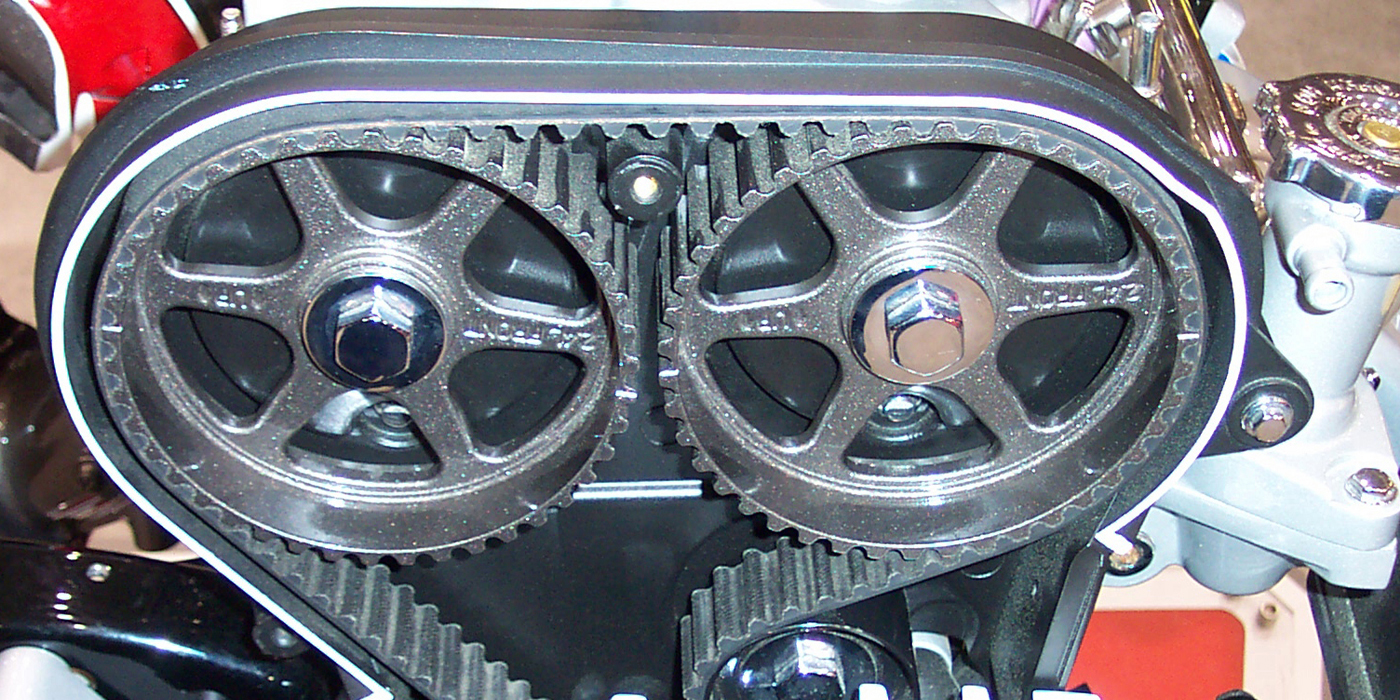
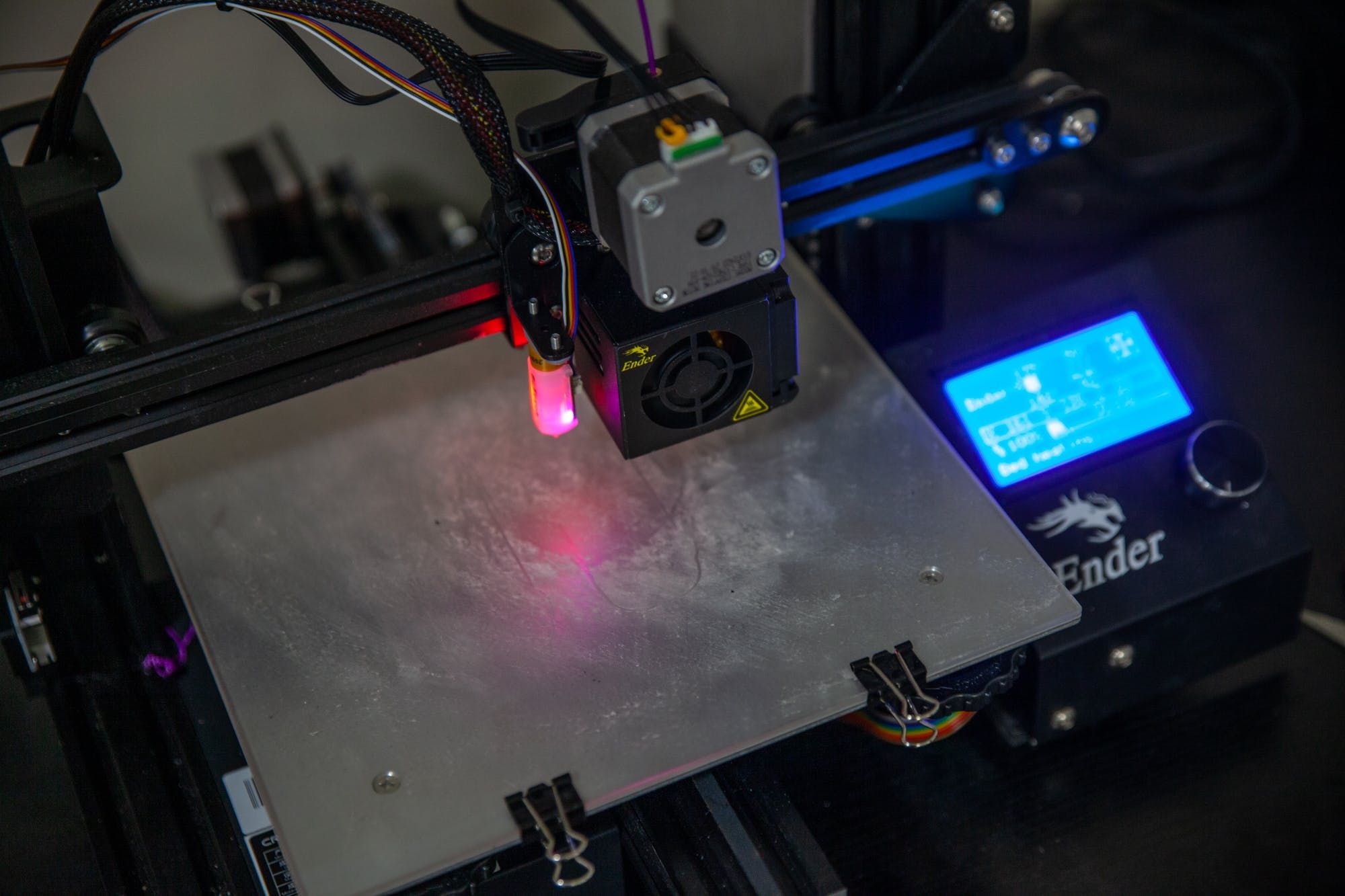

0 thoughts on “How Long Can A Water Pump Run Continuously”